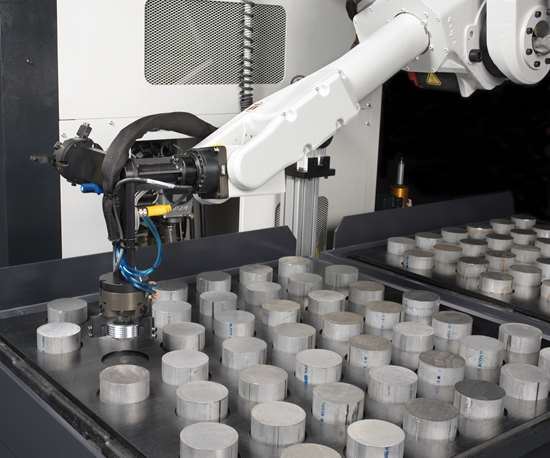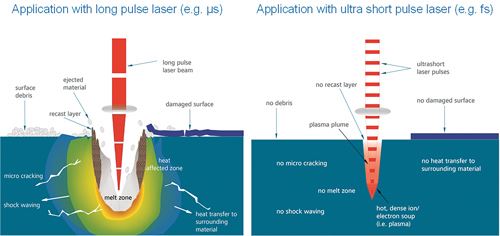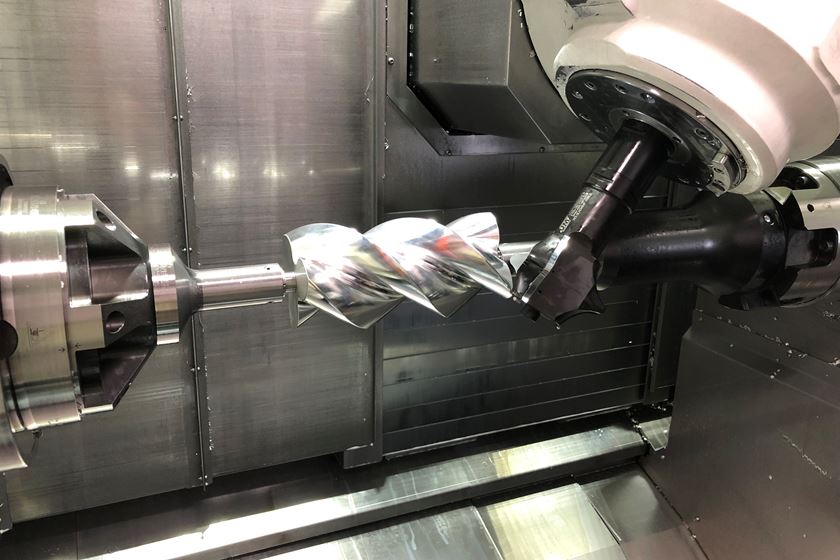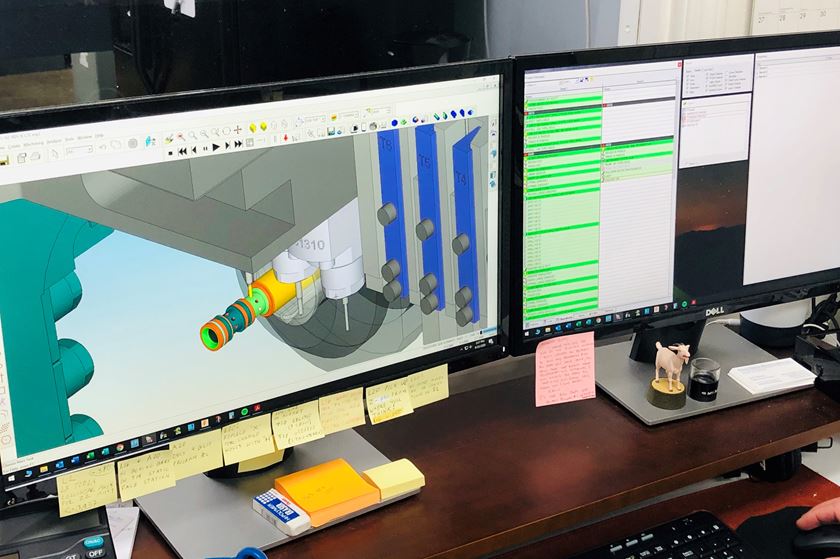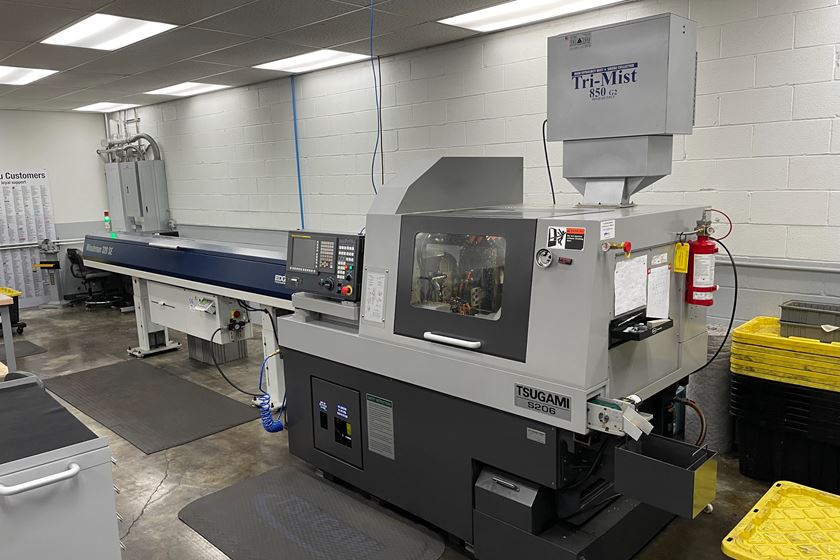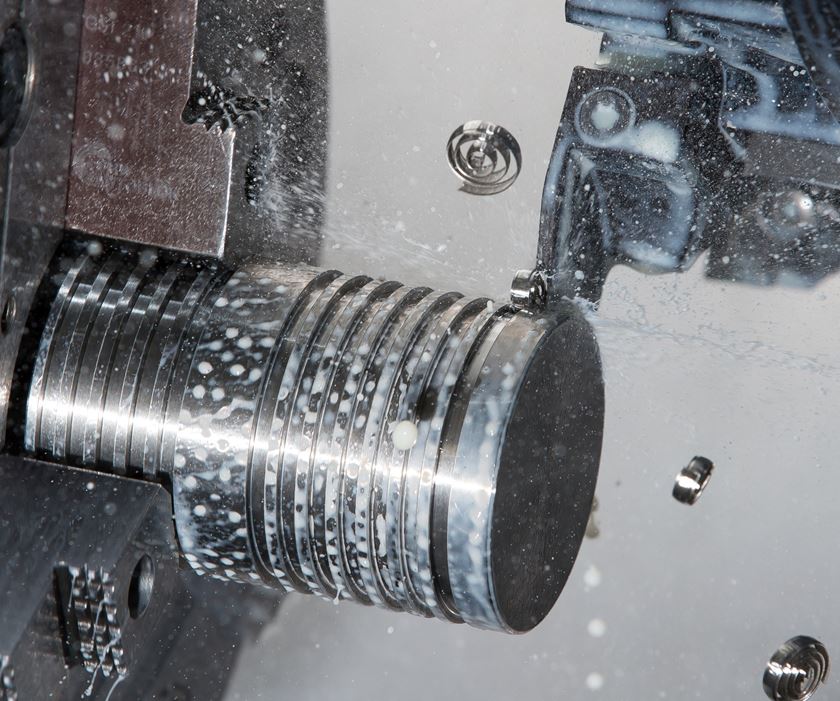Knowledge Retention — What’s Your Process?
提供在我们的流程和工作指令formation needed for our performers to understand “the who, what and how” to do the task. But where do we keep the information needed so everyone understands “the why and the reasons behind” our work?
#pmpa

How does your company capture, record, preserve and make available the institutional knowledge to help your performers master their craft?
工作指令告诉表演者,but because they are instructions and not narratives, they seldom provide facts and context needed to understand why the work needs to be performed as instructed. Technically, performers can say they are limited by the instructions to only do the tasks by the ways and means described. However, many managers today like to tell us about their “empowered associates.” But are their empowered associates “empowered” to go beyond the standard work described?
For a performer to be able to make an “empowered decision,” they will need to have much more information than the work instructions provide. Here are a few questions to consider:
Featured Content
- Does your company, department, work group and performers have a process for identifying credible knowledge applicable to the work being performed?
- Is it tied to the task, the process,
- the customer or their knowledge
- of the craft?
- Who is the curator?
- How is such knowledge identified as credible?
- How is this knowledge maintained?
- How is it shared so that it becomes institutional knowledge and not merely a “best practice” of a single performer or unit?
Agency Authorities
At my desk at work, to the right on a shelf, I have a small number of key “Agency Authority” references that are most frequently consulted in my work. They include SAE’s Aerospace Material Specifications, SAE Ferrous Material Standards Manual HS 30, SAE Fastener Standards Manual HS 4000, Machinery’s Handbook, Machining Data Handbook Vol 1 and 2, Steel Bar Products Guidelines and several others. Behind me, I have volumes of ASTM standards covering steel, brass and copper, aluminum, test methods as well as the metals and alloys in the Unified Numbering System.
Continuous Improvement Meetings
Share the lessons learned on each shift by reviewing in your daily huddles. Who is collecting the lessons learned that your team discovers each shift? How are they captured?” Where are they kept? How are they shared?
Daily huddles are the ideal setting for prioritizing. The leading shops I have visited typically huddle around a whiteboard in the operating area and review the issues, actions taken and results of the improvements implemented over the past 24 hours in the operation.
Capturing the lessons learned on a huddle-by-huddle basis is important. Documenting these and then reviewing them so that they become institutional capability requires more than just a one-time mention. A photo of the problem, a photo showing the solution and a brief write-up — no more than a paragraph — can be created and saved. Often these process corrections are saved in the file for a particular part, but perhaps the lesson learned is more universally applicable. Your organizational ability will be enhanced when you find a way to document it and share throughout your organization, rather than just keep it a little-known secret among those involved. Can you create an online repository of all continuous improvement implementations, perhaps accessible as videos or by QR code?
A weekly or biweekly continuous improvement meeting involving cross-shift personnel can be used to ensure that the lessons learned are widely known among all of your performers. In addition, a monthly celebration of your team’s lessons learned — I like to call them Continuous Improvement Victories — can reward your team with a sense of personal accomplishment and recognition of the additional value they help to create in your shop. Celebrating your team’s lessons learned is the final step of the 8-D problem-solving method for a reason. A monthly recognition of your team’s Continuous Improvement Victories will help the lessons learned be adopted across your culture, and not just be a document in a file somewhere.
Apprentice Notes
I did not have a formal apprenticeship when I transitioned from my lab supervisor job at U.S. Steel to plant metallurgist at Bliss & Laughlin Steel. However, if I was to make sense of the variation they created in our shop process, there were a host of things that I needed to learn about the other steel suppliers and processes they used. I took detailed notes about each supplier’s process path, statistics about their capability and even determined a typical level of their “background” or residual levels of various nonspecified chemical elements in their process.
Like forensic investigators use DNA today, I was able to confirm when a product returned was, in fact, of our production or not by confirming that it met the characteristics of the material provided. (Note: In a small number of cases, the claimed problem was not from the material we had supplied. These notes also included process capability, sketches of product attributes, heat treatment notes and more.) Where is this type of information available in your shop?
Ways and Means
Notebooks and written reports were a thing when I was early in my career. Today, computers, cloud storage and online technologies make preserving and accessing a variety of media containing knowledge immediately accessible. How does your company capture, record, preserve and make available the institutional knowledge to help your performers master their craft?
Read More Articles fromPMPA:
- What NFL Teams, Street Gangs and Your Workforce Have in Common
- Craftsman Cribsheet No. 105: Yield Loss Due to Bar End Remnants
About the Author
Miles Free III
Miles Free III is thePMPADirector of Industry Affairs with over 40 years of experience in the areas of manufacturing, quality, and steelmaking. He helps answer “How?, “With what?” and “Really?” Miles’ blog is atpmpaspeakingofprecision.com; email –mfree@pmpa.org; website –pmpa.org
RELATED CONTENT
Precision Machining Jobs Account for 7 of the Top 25 High Paying Jobs — No College Degree Required
Those who hire in the precision machining industry have a persuasive point for prospective employees who don’t hold — or want to go into debt to hold — a college degree.
Subscribe to PMPA Podcasts - November 2020
"Speaking of Precision" is a podcast from industry expert Miles Free III in which he talks about precision machining. All episodes can be found on major platforms.
Craftsman's Cribsheet: How Sulfur and Manganese Improve Machinability
Because manganese and sulfur are intentionally added to the steel, manganese sulfides are present in the steel and at the edge of the tool where they optimize our machining process.








